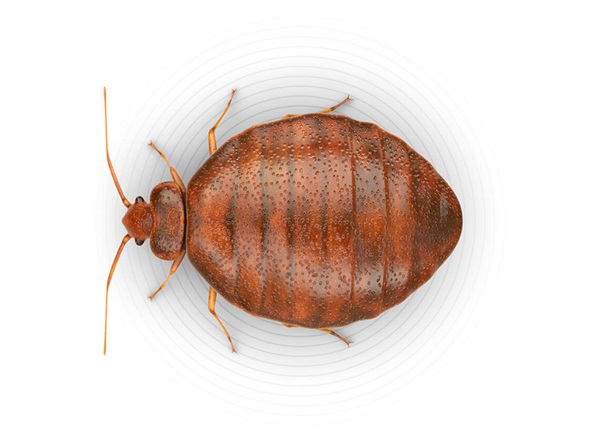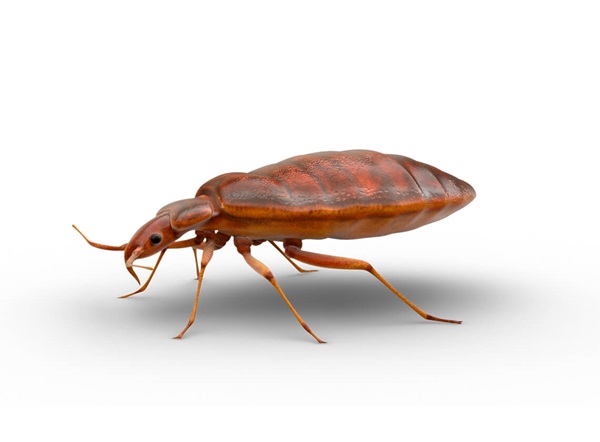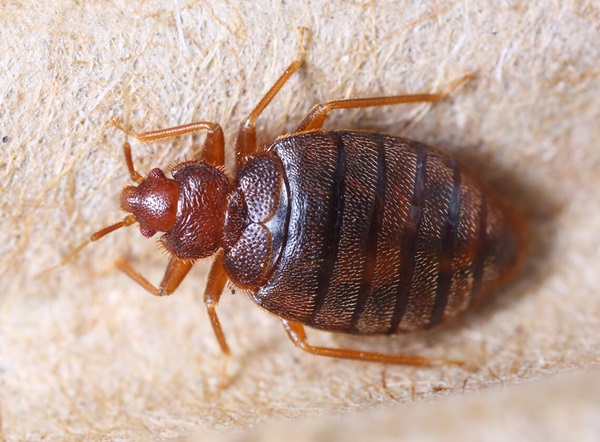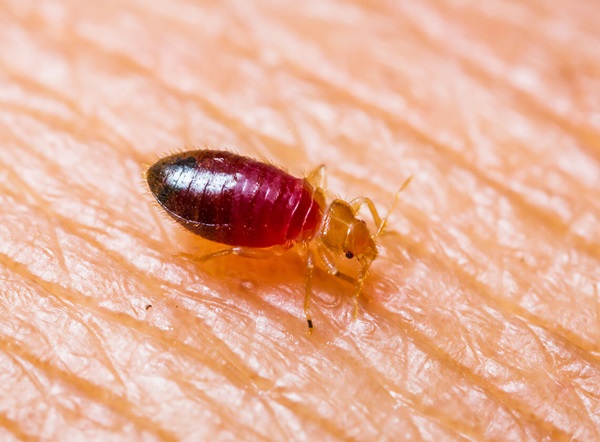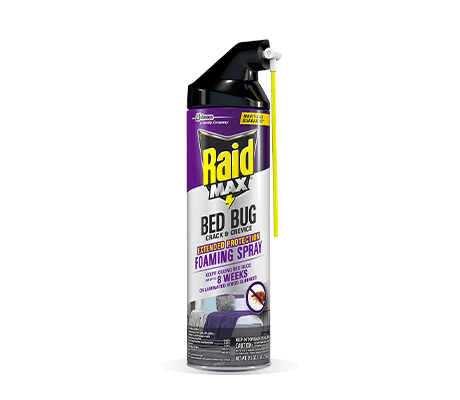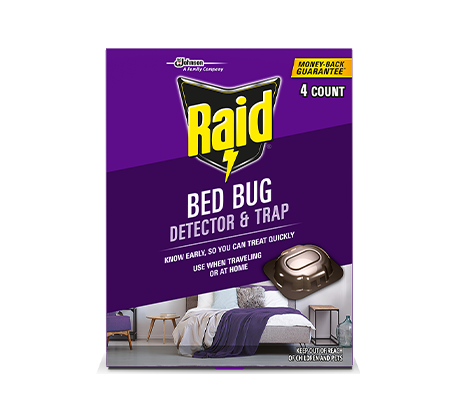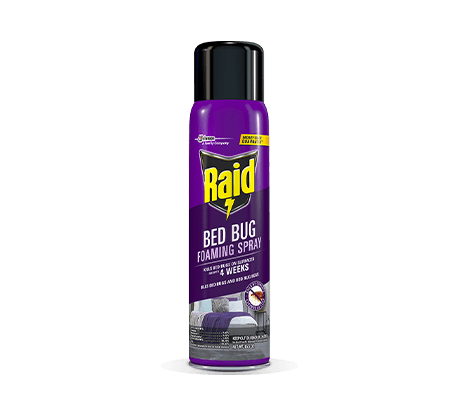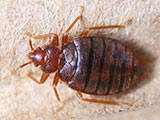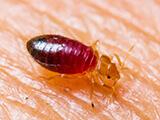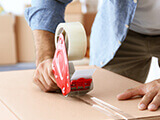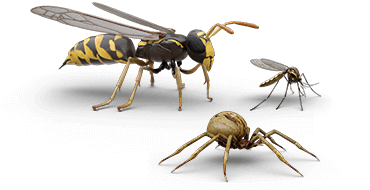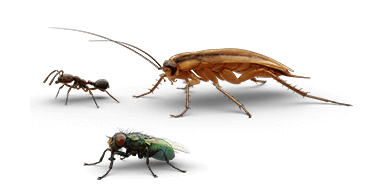Bed Bugs
Cimex lectularius
-

SIZE
1/16in to 3/16in long
-

COLOR
-

BITE OR STING
Yes
-

WINGS
No
COMMONLY MISTAKEN FOR
General Information
Bed bugs feed on human blood and are commonly found in mattress seams, box springs, and crevices in bed frames. Although they haven’t been shown to spread disease, these tiny blood suckers can cause a lot of stress and leave you with itchy welts from their bites. You can help protect your family and home by learning how to find, prevent, and kill bed bugs.
-
Most bed bug problems start by bugs that hitch a ride into homes on luggage, furniture, clothing, or other items brought from infested areas.
-
To look for bed bugs, check pillowcases, sheets, box springs, and mattresses for rust-colored smears of dried blood or small, red spots of fresh blood.
-
If you find even one bed bug, take immediate action. Inspect beds and furniture to determine if the one bug was brought in alone or if there’s an active infestation present.
Details
-
Bed bug identification can be difficult because they’re so small and hide in tiny spaces.
-
Bed bugs usually hide close to where they feed, which is why they’re often found near places where people sleep. Favorite hiding places include near the piping and seams of mattresses, and in the cracks and crevices of bed frames.
-
When populations become larger, they can spread to other furniture, drapes, dressers, carpet, and even behind pictures and wallpaper.
-
Each life stage must bite their “host” for blood to survive, which is why they are often found in or very close to the bed or furniture such as armchairs and couches.
-
Generally, bed bugs do not bite cats and dogs. However, when populations are severe, a pet may also be bitten.
-
Bed bug bites affect different people in different ways. Some people don’t notice they have been bitten, while others may develop swelling or itchy red welts similar to mosquito bites.
-
Bites may itch for up to two weeks before healing.
-
Large populations of bed bugs can result in hundreds of bites.
-
They are very small (1/16 to 1/4 inches long) and hide in the smallest cracks and crevices, which can make it hard to find and kill bed bugs.
-
Their population numbers can grow somewhat quickly and one female bed bug can become dozens in just a few weeks.
HOW TO FIND BED BUGS
-
It is much easier to take care of a small problem before it becomes a big infestation that has spread through the whole house or apartment.
-
Look for bed bugs in seams of mattresses, behind the headboard, and in cracks and crevices of the bed frame.
-
Adult bed bugs are 3/16 to 1/4 inches long and reddish brown with flat, oval-shaped bodies. While bed bug nymphs can be as small as 1/16 inches. Bed bug eggs are the size of a speck of dust and difficult to see with the naked eye.
HOW TO HELP PREVENT BED BUGS
-
Get rid of clutter where bed bugs can hide, such as old furniture, heaps of clothes, or stored bedding like sheets and blankets.
-
Seal cleaned clothes/bedding in large, clean plastic bags to help prevent bed bugs and avoid re-infestation.
-
Caulk or seal cracks and crevices where bed bugs may hide, particularly in the bedrooms.
-
Vacuum cracks and crevices where bed bugs may hide, the carpet around the bed, and any furniture suspected to be infested.
-
After vacuuming, seal the bag securely in another plastic bag and throw it away outside your home.
HOW TO KILL BED BUGS
-
Wash all clothing and bedding in hot water and dry them on a hot setting for more than 20 minutes. This will help kill bed bugs in all life stages, even the eggs.
-
When using a spray product, make sure to directly hit as many bugs as possible.
-
After treating thoroughly, continue to monitor areas for signs of more bed bugs.
-
Repeat applications may be needed over the next two months to help prevent and kill bed bugs.
-
If things get progressively worse after six to eight weeks, call a pest control professional.
-
Visually check hotel mattresses and headboards for signs of bed bugs.
-
Avoid using the hotel drawers to store your clothes. Instead, leave your items in your suitcase, placed on the luggage rack and off the floor.
-
Visually inspect your luggage for bed bugs when you leave the hotel.
-
Wash all clothes from your suitcase immediately after returning home.
-
Between trips, store your suitcase in a sealed, plastic bag.
